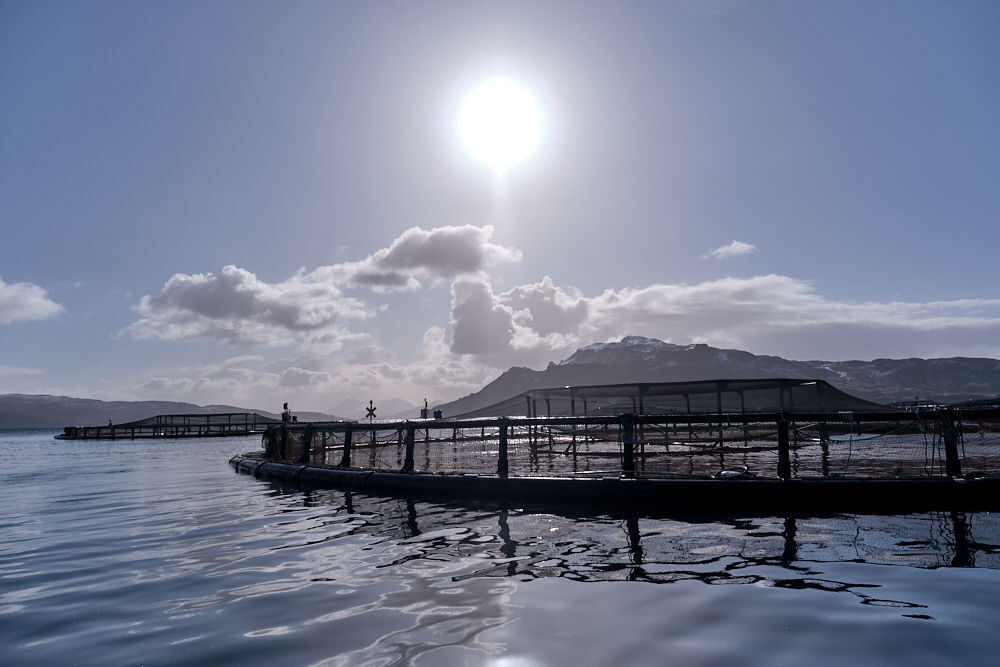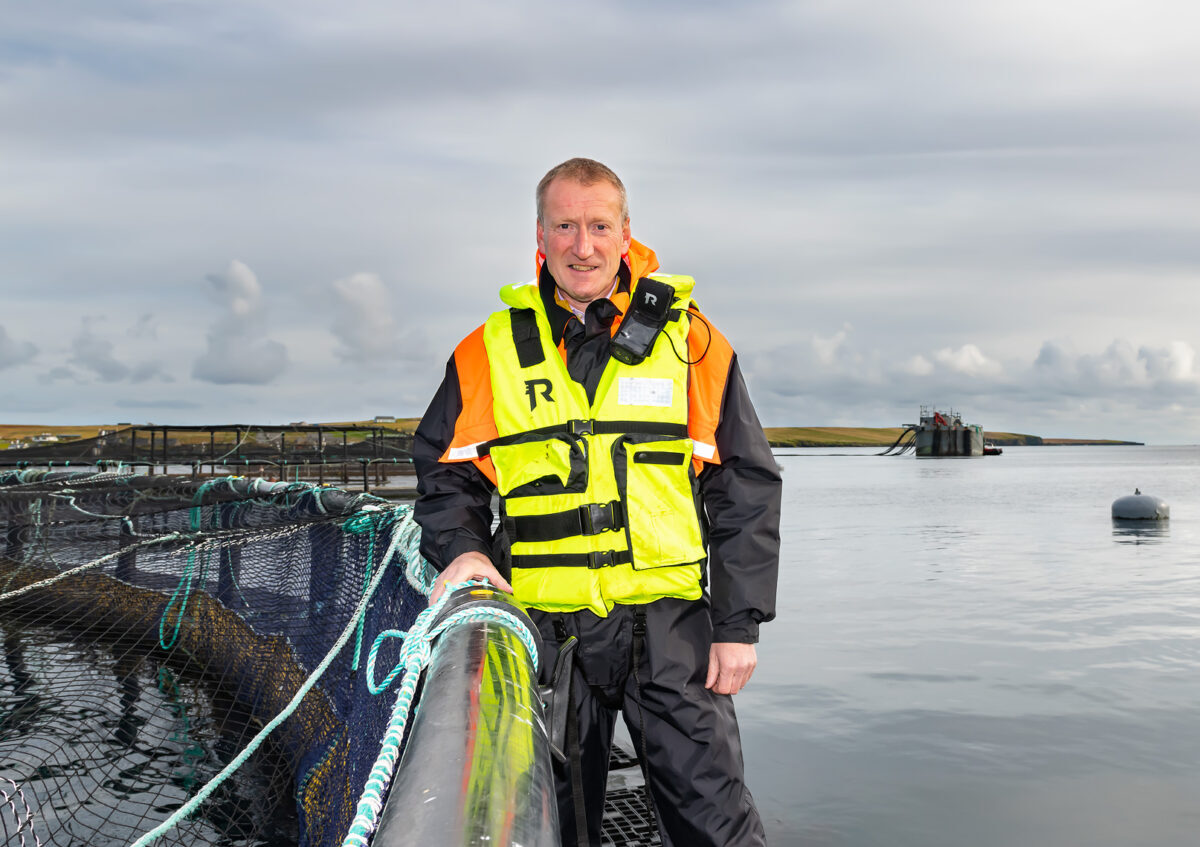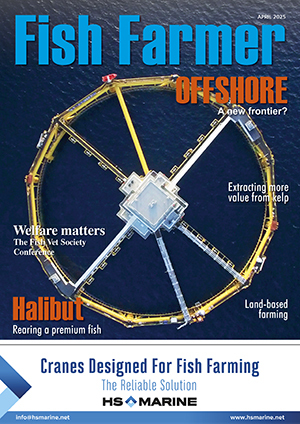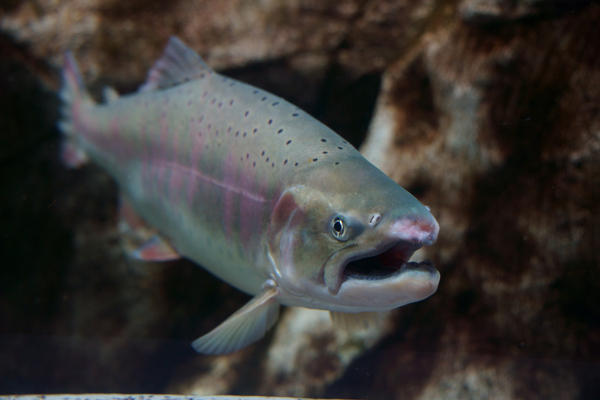Scottish farmed salmon reports best survival rate for four years
Scotland’s salmon industry has reported the best September survival rate for Scottish salmon since 2020. New figures published yesterday revealed a 98.18% survival rate on farms in September, which is historically the most challenging month for salmon in the sea.

The percentage of mortalities was around half the rate recorded in September last year, when warm sea temperatures in the autumn led to micro jellyfish blooms which can harm fish. After two very challenging years, survival rates have been consistently high, reaching 99.03% in June.
2024 saw a cooler, wetter summer which has created better conditions for salmon, but industry body Salmon Scotland has also stressed the importance of the resources invested in fish health over the past few years, including £975m spent since 2018 in freshwater treatment vessels, investment in research, a reduction in the time that farm-raised salmon spend at sea, as well as staff training and improved monitoring systems to help farmers respond to natural challenges such as jellyfish blooms and warming seawater.
Aquaculture is the only farming sector to voluntarily publish monthly survival reports. Wild salmon only have a survival rate of between 1% and 2%, given the many challenges in their natural environment.
Production in Scotland set to rise
Later today the annual production survey for 2023 is due to be published by the Scottish Government, which will show a decrease in volumes due to the environmental challenges widely reported at the time.
Salmon Scotland says the situation has transformed significantly since then, with production up 15% in the first half of 2024 (to 86,600 tonnes from around 75,000 tonnes) compared to the same period last year.
Tavish Scott, chief executive of Salmon Scotland, said: “Scottish salmon farmers provide the highest standards anywhere in the world for the animals in their care, and have invested £1bn in fish health and welfare since 2018.
“And while no farmer wants to lose any animal, the care our farmers provide means that survival rates for farm-raised salmon – which spend up to 18 months in the sea – are dramatically higher than their wild cousins.
“It is testament to the dedication of farmers that survival rates on Scottish salmon farms are now at the highest level since 2020.”





